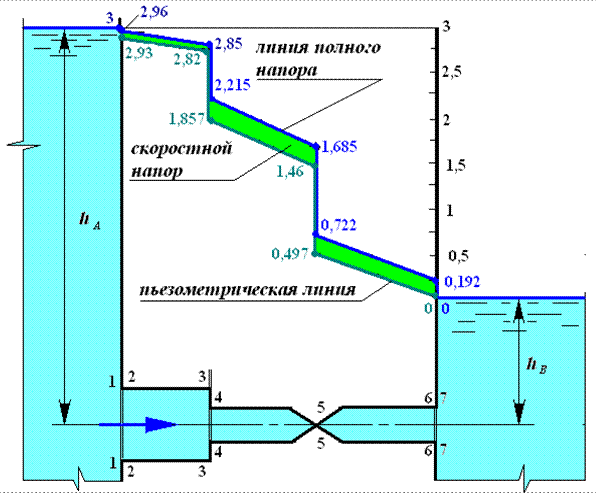Gidravlika Aljtshulj

Culture of Taiwan. The culture of Taiwan is a blend of Confucianist Han Chinese and Taiwanese aborigine cultures, which are often perceived in both traditional and modern understandings. More recently, Japanese and American cultures have influenced Taiwanese culture as well.
Main article: Taiwan's culture and cultural legacy has been largely shaped by the processes of and as the structural and psychological effects of successive colonial projects have been integral to developing Taiwan's self-image and the evolution of both official and unofficial Taiwanese culture. For most of its colonized existence, Taiwan remained on the cultural margins, far from the centers of civil and cultural life of each regime, and with every regime change, Taiwan's cultural center shifted. At various times Taiwan's cultural center has been, Amsterdam, (Amoy), -era Beijing,, postwar China and even, arguably, the United States. Dancer in traditional aboriginal dress Before the ceded Taiwan to Japan in 1895, Taiwan's culture was characterized by Qing frontier societies of farmers and highland. Due to Taiwan's strategic location along East Asian trade routes, Taiwanese were also exposed to cosmopolitan influences and the effects of European commerce.
By the middle of the Japanese era (1895–1945), Taiwan had begun to shift from local to contemporary global culture, under the guidance of Japanese style “westernization”. Beginning during Japan's build up for war, Japan invigorated its policies to Japanize Taiwan for mobilization against the Allies. Japan's effort taught Taiwan's elite, Japanese culture and language, but did not largely interfere in religious organization. When Japan's suppressive wartime policies were lifted following, Taiwanese were eager to continue with their prewar activities.
Japan's colonial legacy has shaped many of the customs and mannerisms of Taiwanese. Japan's colonial legacy is still visible, due to Japan's massive effort in constructing Taiwan's economic infrastructure and industrial base, which is often cited as a major factor in Taiwan's rapid. KMT era cultural policy [ ].

Main article: During the early postwar period the (KMT) suppressed Taiwanese cultural expression and barred Taiwanese from cosmopolitan life except in the spheres of science and technology. The authoritarian KMT dominated public cultural space and Chinese nationalist networks became a part of cultural institutions, leaving little resource for cultural autonomy to grow. Under the early KMT, Taiwan was realigned from a Japanese imperial center to a Chinese nationalist center, under the influence of KMT and American interests. Although American cultural activities were modest, they played a significant role in Taiwan's developing cultural scene. The KMT claimed a loss of morale led to “losing China” and thus the state issued a series of ideological reforms aimed to “retake' China, which became the major state cultural program of the time. The immediate preoccupation with losing China diverted long term investment in the humanities and social sciences.
On another level, the state's main objective was to “” the Taiwanese by teaching them and Nationalist ideology through compulsory primary education. By the late 1940s the KMT had for its cultural policies. When Taiwanese had resumed the cultural activities, which were outlawed by the Japanese in 1937, the Nationalist attitude was that Taiwanese had been Japanese “slaves” and would therefore have to complete a period of moral and ideological tutelage before they could enjoy their full rights as citizens of the. The destroyed Taiwan's urban elite and the arrival of the mainlander elite ensured Nationalist domination of urban cultural centers. In 1953, Generalissimo issued his first major opinion on culture to complete ’s, which included prescribing Nationalist curriculum for education, building facilities for intellectual and physical recreation and the major state cultural program of promoting anti-communist propaganda. In regard to Taiwanese cultural life, the major thrust was for “universalization” of education in Mandarin, which was enforced by law.
Despite the hard-line Chinese control over culture, the Soviet advances in technology led to a new Nationalist focus on building closer cooperation with American universities and developing engineering programs. The American presence in Taiwan also encouraged Taiwanese to resume some politically, ethnically neutral cultural activities, which was expressed in a flourishing Taiwanese-language media market. Between the 1960s and the 1980s Taiwan's culture was described by its media as the contrast between Taiwan (Free China) and China (Communist China), often drawing from the official tropes of Taiwan as a bastion of traditional Chinese culture, which had preserved “true” Chinese values against the “false” Chinese values of post Communist China. Printable blank guitar tab sheets. At the same time, Taiwanese cultural expressions were brutally suppressed by Chiang Kai-shek and the KMT. In response to the of China, the government of Taiwan began promoting the ' (中華文化復興運動), with a myriad of programs designed to promote traditional Chinese culture to counter the communist movement on the mainland which aimed at uprooting the '. These programs involved subsidized publication of, the symbolic functions of the, promoting famous prewar scholars to prominent positions in government and academic institutions, textbook and curriculum design with a focus on the official view of “traditional” Chinese culture and involvement in social and community events and the exemplification of Confucian ideology intertwined with thought. Taiwanization [ ].